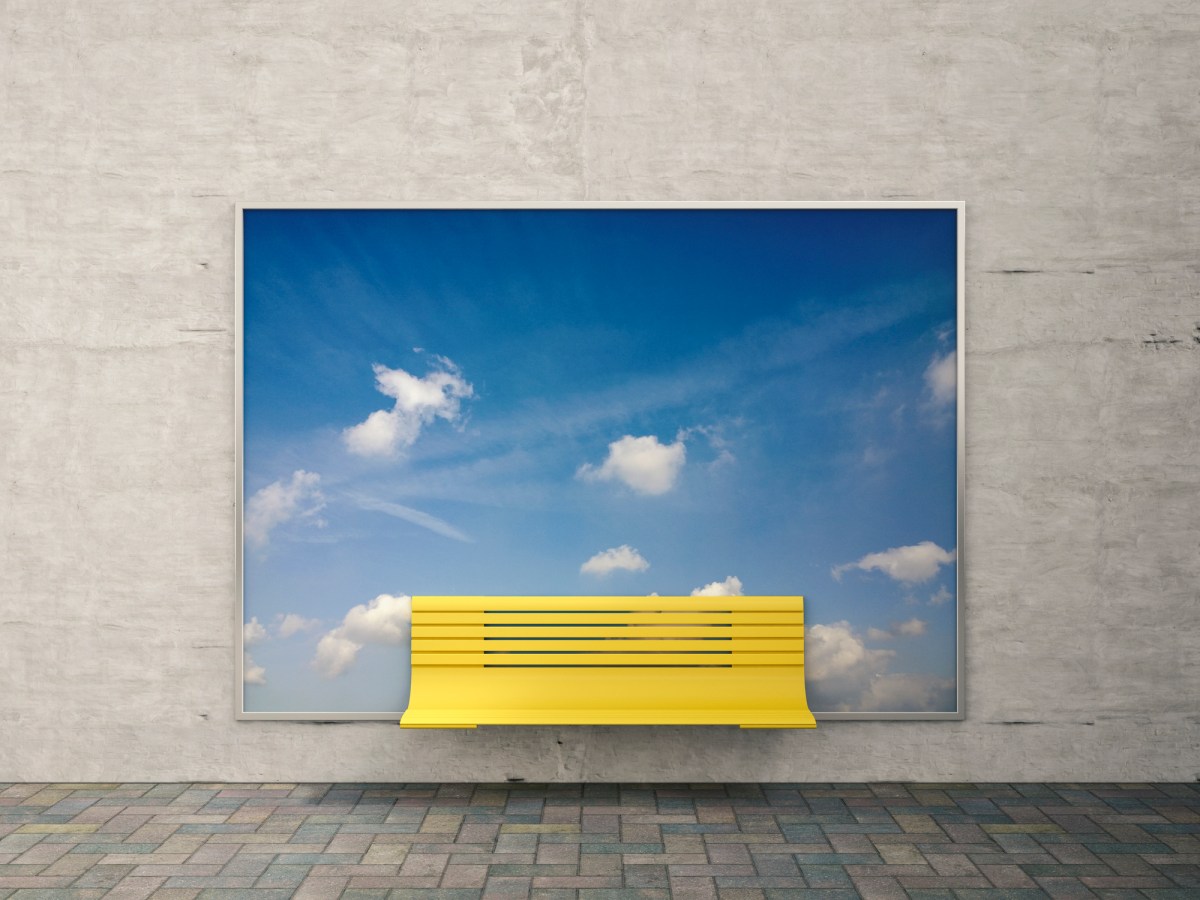When Alex Ewing was a kid growing up in Purcell, Oklahoma, he would look at the billboards in his car window to figure out how close he was to home. Now, as CEO of OneScreen.ai, he helps startups like fintech company Ramp and tech recruiter Karat advertise on billboards and other platforms.
“I think billboards are cool and help bring creativity back into marketing,” Ewing told TechCrunch. “Unlike digital screens, billboards are like a canvas for marketers.”
Ewing joined Boston-based OneScreen last year, which provides software that acts as a middleman between startups and outdoor advertising space (billboards, subway ads, etc.). OneScreen helps startups find the right placements for their ads based on potential customers combined with demographic and historical data on the platform. The company also uses anonymized location data to help companies track the success of their campaigns.
OneScreen has raised $4.7 million from investors including Asymmetric Capital Partners, Techstars and Impellent Ventures. The company is now profitable and has tripled its revenue last year.
Ewing said billboards and other types of OOH marketing are becoming increasingly popular, especially for startups. U.S. OOH ad spending is expected to reach $9.3 billion this year. According to StatistaIt is projected to reach nearly $12 billion by 2029.
But why would a B2B company like Ramp want to advertise in traditional consumer-facing ways, like on the exterior of a city bus or inside a subway car?
Ewing said that after years of focusing on digital marketing, businesses are starting to refocus on OOH advertising strategies, adding that regulations around privacy and targeted advertising, as well as the ability to block digital ads, have made online advertising strategies less successful for many businesses.
“B2B, B2C, Series A, Series B, [companies that are] “A lot of well-funded companies and public companies are saying, ‘We can’t invest as much in digital as we have in the past. There’s no ROI,'” Ewing said. “Digital is getting more and more expensive and less and less effective.”
What this type of advertising creates is brand awareness, which is more effective for B2B companies than people realize, even if the majority of people who see the ad are unlikely to become customers.
In February, Hira Pearl, director of strategic communications at Papaya Global, told TechCrunch that the B2B HR startup bought a $7 million Super Bowl ad for that very reason.
“This is not a lead generation effort,” Pearl said of the company’s ad buys. “It’s not about driving sales. Of course, we would love to see a very direct ROI, but we all understand this is a brand building, brand awareness effort, not a lead generation effort. In my mind, this is a marathon, not a sprint.”
While OneScreen can’t control who sees its OOH ads, Ewing said the company can help businesses reach their target audience. B2B companies can provide OneScreen with a list of their target client companies, and OneScreen’s technology will develop a strategy that includes ad placements near the target companies’ headquarters or where their employees are likely to commute. It uses anonymized mobile phone tracking data to see how people responded to the ads, through metrics such as comparing website traffic between people who saw the ads and those who didn’t.
The downside is that the ROI of OOH advertising isn’t as easily tracked as connecting the dots from clicking on a digital ad to immediately making a purchase online, but the hope is that seeing a New York MTA bus wrapped in a Ramp ad will be more effective than a cold sales pitch email.
“There’s nothing more powerful than seeing your company or brand in the real world,” Ewing says. “If you can get that in front of the right people, it can be a powerful lever for weakening inbound footholds or simply capturing leads.”
